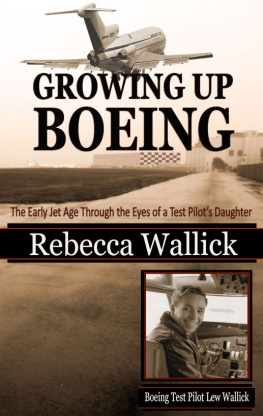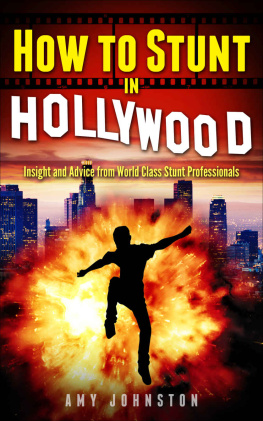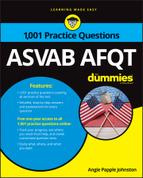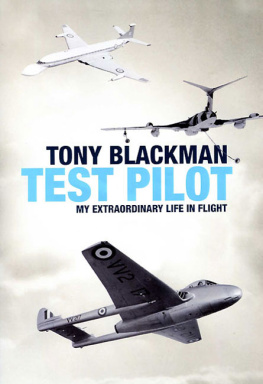A. M. Tex Johnston - Tex Johnston: Jet-Age Test Pilot
Here you can read online A. M. Tex Johnston - Tex Johnston: Jet-Age Test Pilot full text of the book (entire story) in english for free. Download pdf and epub, get meaning, cover and reviews about this ebook. year: 2014, publisher: Smithsonian, genre: Home and family. Description of the work, (preface) as well as reviews are available. Best literature library LitArk.com created for fans of good reading and offers a wide selection of genres:
Romance novel
Science fiction
Adventure
Detective
Science
History
Home and family
Prose
Art
Politics
Computer
Non-fiction
Religion
Business
Children
Humor
Choose a favorite category and find really read worthwhile books. Enjoy immersion in the world of imagination, feel the emotions of the characters or learn something new for yourself, make an fascinating discovery.

- Book:Tex Johnston: Jet-Age Test Pilot
- Author:
- Publisher:Smithsonian
- Genre:
- Year:2014
- Rating:5 / 5
- Favourites:Add to favourites
- Your mark:
- 100
- 1
- 2
- 3
- 4
- 5
Tex Johnston: Jet-Age Test Pilot: summary, description and annotation
We offer to read an annotation, description, summary or preface (depends on what the author of the book "Tex Johnston: Jet-Age Test Pilot" wrote himself). If you haven't found the necessary information about the book — write in the comments, we will try to find it.
Tex Johnston: Jet-Age Test Pilot — read online for free the complete book (whole text) full work
Below is the text of the book, divided by pages. System saving the place of the last page read, allows you to conveniently read the book "Tex Johnston: Jet-Age Test Pilot" online for free, without having to search again every time where you left off. Put a bookmark, and you can go to the page where you finished reading at any time.
Font size:
Interval:
Bookmark:
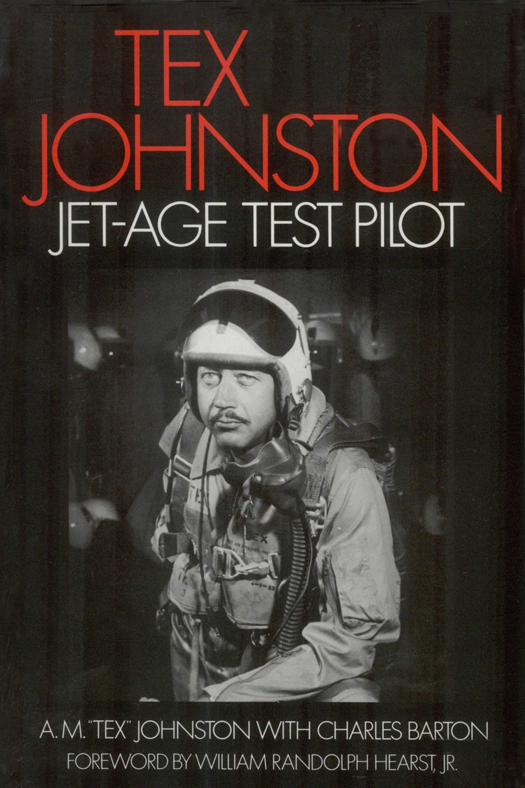
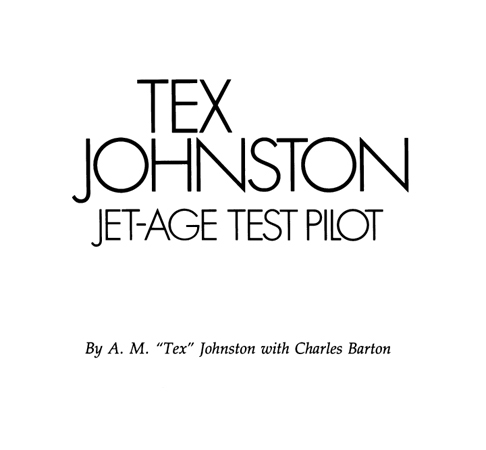
Smithsonian Books
Washington, D.C.
British Library Cataloging-in-Publication Data are available
A paperback reissue (ISBN 1-56098-931-9) of the original cloth edition
eBook ISBN: 978-1-58834-447-2
The photographs reproduced in this book are from the collection of Tex Johnston. For permission to reprint any illustration, please correspond directly; the Smithsonian Books does not retain reproduction rights.
v3.1
This book is dedicated to my parents, Alva Merril and Ella Viola Johnston, whose loving support helped give me wings, and to my ever-beautiful bride and partner for fifty-five years, DeLores Honea Johnston, whose long-suffering patience and understanding enabled me to pursue dreams of experimental flight test on the frontiers of aviation development.
Tex Johnston tells the thrilling and factual story of the developmental flight testing of Americas first jet airplanes. But more than that, he tells how in the space of one mans career aviation has progressed from wooden, fabric-covered biplanes to mammoth jet transports and rockets to the moon. I well recall my first solo flight in the mid-twenties in an OX-5 Travel Air, a two-cockpit, fabric-covered biplane that flew slightly over 100 mph. And when I was a kid, a train trip from coast to coast, which we took often, consumed four days. Today jet planes make it in roughly four hours.
On March 11, 1957, I flew with Tex Johnston on a record-breaking flight of 3 hours and 48 minutes across the continent from Seattle to Baltimore on the Boeing prototype 707 jet airliner, the 367-80. As I said in my newspaper column on March 17, 1957, We knew darn well that we were participating in a giant step forward in the evolution of the airplane.
In the first place, I got a definite feeling of tremendous power and, for the first few thousand feet, of tremendous speed. Some of you may recall that in the old propeller-driven airplanes, after you were up, say, to a thousand feet, the ground below seemed to go by quite slowly. Not so with the 707. We climbed at the rate of 2,000 feet per minute, and even at that rate our speed was around 500 mph. Looking out the window I could see that we were covering the ground much faster than ever before.
The plane was not as fully soundproof as commercial airliners would be. Even so, from over the wing forward to the cockpit the noise was considerably less than in the reciprocating-engine transports.
The outstanding difference, though, was in its total lack of vibration. This we proved to ourselves by balancing pencils and cigarettes and even standing coins on edge on the tables. We did not appreciate the great importance of the lack of vibration until the trip was over, when we realized that none of us felt any fatigue whatever.
The plane was much bigger and roomier than any of the commercial airliners of that day. And with its additional speed, we knew it was the dawn of a new age for commercial air transportation.
More recently, I have flown half a dozen or so times in the supersonic Concorde, which cruises at better than twice the speed of sound. So, at age 82, I think that I have seen as big a jump forward in one lifetime as anyone could expect. Tex Johnston has lived through and participated in this phenomenal development of the jet age. His story is a fascinating account of how it came about.
William Randolph Hearst, Jr.
In younger years friends called me Al Johnston, but that name changed when I became a test pilot for the Bell Aircraft Company. In the dim light of a wintry morning in early January 1943, I hung my Stetson on the wall of the companys P-39 fighter plane flight-line office in Niagara Falls, kicked off my overshoes, and polished the toes of my cowboy boots on the leg of my trousers. The mechanic standing by with the Form One said, Get your chute, Tex. You get the first one today.
Smiling, I put on helmet and goggles and picked up my chute. Come on, pardner, I said. Lets see if shes a live one.
The story of that arrival quickly spread from flight line to plant. Within a week my name became Tex Johnston and remains so today, 47 years later.
In October 1944, I arrived at Bell Aircrafts Muroc Flight Test Base in Californias Mojave Desert, as base manager and project test pilot of the Bell XP-59A, the first jet-powered airplane to be built in the United States.
General Electric, the maker of the planes jet engines, and Wright Field, headquarters for Army Air Corps research and development, had reviewed the data from earlier low-altitude test flights. Both were eager for maximum-altitude performance information. So I was not surprised one morning to see that the days plan of test called for a full-throttle climb to 46,000 feet, a stabilized full-throttle run at that altitude, followed by another level run at reduced power.
After my preflight preparations and briefing, I suited up, strapped in, and taxied out to takeoff from Muroc Dry Lake, the future site of Edwards Air Force Base. In position, with takeoff checks completed, I advanced the throttles and released the brakes. As usual for early jets, the acceleration was slow at first but built up as the takeoff progressed. The complete absence of vibration and the low noise level were welcome changes from the sound and fury of a propeller-driven takeoff. Flying alternate headings, I climbed away from the wooden mess hall, barracks, and Quonset-type hangar of the test base, leveled off at 46,000 feet, and entered a shallow turn to 90 degrees. Engine temperatures and pressures were normal, pressurized cabin altitude 25,000 feet, cockpit temperature comfortable, outside temperature 55 degrees Fahrenheit.
The called-for high-speed run started over the slate gray of the Pacific with the California coastline just ahead. The plane raced eastward with throttles still against the forward stops. The absolutely smooth air, the absence of airframe and engine vibration, the comforting whine of the engine compressors, and the infinite visibility were as though I was suspended in space. I felt a surge of joy and exhilaration. Here I am in one of the most advanced airplanes in the world, flying in a totally new environment. Most important, Im the only person in the United States up here.
Over western Arizona, run completed and data logged, I slowly retarded the throttles. Surprise. The engine rpm remained at 20,000. The plane still charged ahead at full power. I eased the throttles back to idleno effect. Engine rpm remained the same. I turned left to 270 degrees and raised the nose slightly. Airspeed slowly decreased 1, 2, 3, 4, 5 miles per hour. Suddenly, a slight tremora low-speed stall warning. I dropped the nose to level flight and checked the altimeter46,000 feet. As airspeed slowly increased, the stall warning tremor ceased. I lowered the nose a bit more. Slowly the airspeed built up1, 2, 3, 4, 5, 6 mph. At plus 7 mph, altitude 45,700 feet, a high-frequency tremor alerted me to new danger.
I remembered an N.A.C.A. (National Advisory Committee for Aeronautics) article describing high-speed buffet due to airflow separation over the wing that can occur in level flight when airflow reaches the critical speed for a particular airfoil section. It appeared to fit my situation. I raised the nose.
Here I was, practically trapped at altitude because I couldnt throttle the engines and had only a 12-mph speed corridor between low- and high-speed stalls. With limited fuel remaining, a descent shallow enough to preclude the high-speed buffet and possible loss of control would require too much time. If fuel ran out I would lose cabin pressurization and heat.
Font size:
Interval:
Bookmark:
Similar books «Tex Johnston: Jet-Age Test Pilot»
Look at similar books to Tex Johnston: Jet-Age Test Pilot. We have selected literature similar in name and meaning in the hope of providing readers with more options to find new, interesting, not yet read works.
Discussion, reviews of the book Tex Johnston: Jet-Age Test Pilot and just readers' own opinions. Leave your comments, write what you think about the work, its meaning or the main characters. Specify what exactly you liked and what you didn't like, and why you think so.


